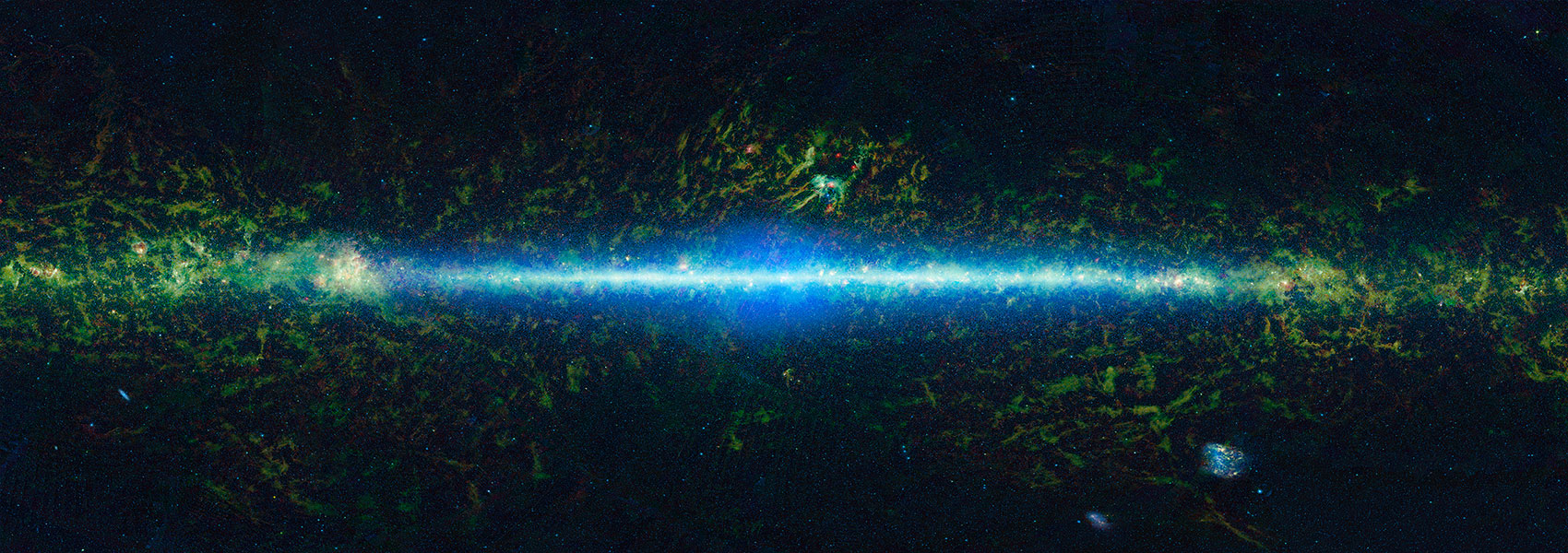May
2018
•
2018A&A...613A..68G
Authors
•
Grimm, Simon L.
•
Demory, Brice-Olivier
•
Gillon, Michaël
•
Dorn, Caroline
•
Agol, Eric
•
Burdanov, Artem
•
Delrez, Laetitia
•
Sestovic, Marko
•
Triaud, Amaury H. M. J.
•
Turbet, Martin
•
Bolmont, Émeline
•
Caldas, Anthony
•
de Wit, Julien
•
Jehin, Emmanuël
•
Leconte, Jérémy
•
Raymond, Sean N.
•
Van Grootel, Valérie
•
Burgasser, Adam J.
•
Carey, Sean
•
Fabrycky, Daniel
•
Heng, Kevin
•
Hernandez, David M.
•
Ingalls, James G.
•
Lederer, Susan
•
Selsis, Franck
•
Queloz, Didier
Abstract
•
Context. The TRAPPIST-1 system hosts seven Earth-sized, temperate exoplanets orbiting an ultra-cool dwarf star. As such, it represents a remarkable setting to study the formation and evolution of terrestrial planets that formed in the same protoplanetary disk. While the sizes of the TRAPPIST-1 planets are all known to better than 5% precision, their densities have significant uncertainties (between 28% and 95%) because of poor constraints on the planet's masses.
Aims: The goal of this paper is to improve our knowledge of the TRAPPIST-1 planetary masses and densities using transit-timing variations (TTVs). The complexity of the TTV inversion problem is known to be particularly acute in multi-planetary systems (convergence issues, degeneracies and size of the parameter space), especially for resonant chain systems such as TRAPPIST-1.
Methods: To overcome these challenges, we have used a novel method that employs a genetic algorithm coupled to a full N-body integrator that we applied to a set of 284 individual transit timings. This approach enables us to efficiently explore the parameter space and to derive reliable masses and densities from TTVs for all seven planets.
Results: Our new masses result in a five- to eight-fold improvement on the planetary density uncertainties, with precisions ranging from 5% to 12%. These updated values provide new insights into the bulk structure of the TRAPPIST-1 planets. We find that TRAPPIST-1 c and e likely have largely rocky interiors, while planets b, d, f, g, and h require envelopes of volatiles in the form of thick atmospheres, oceans, or ice, in most cases with water mass fractions less than 5%.
Links



